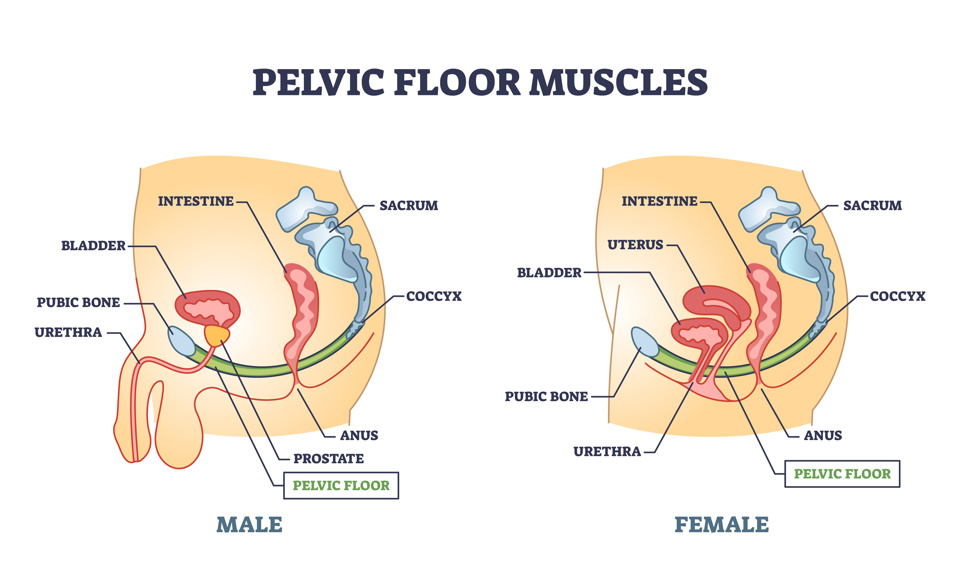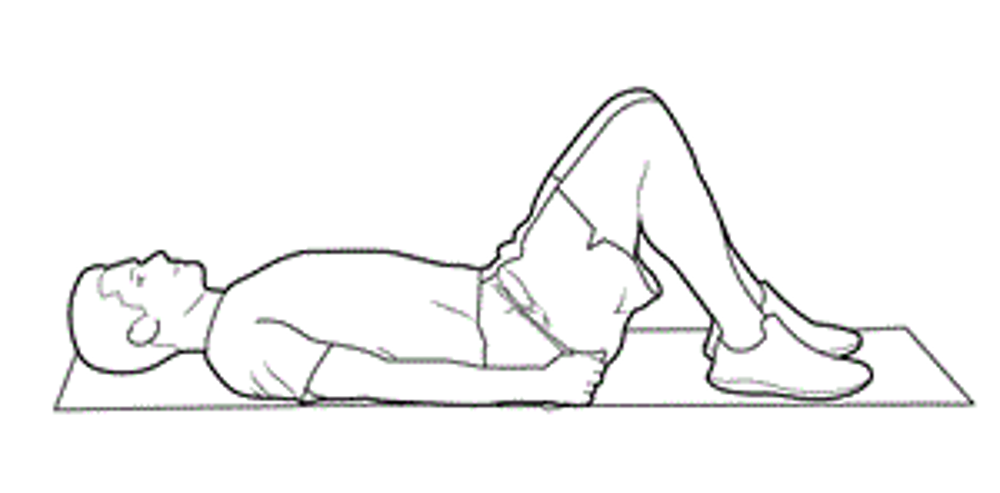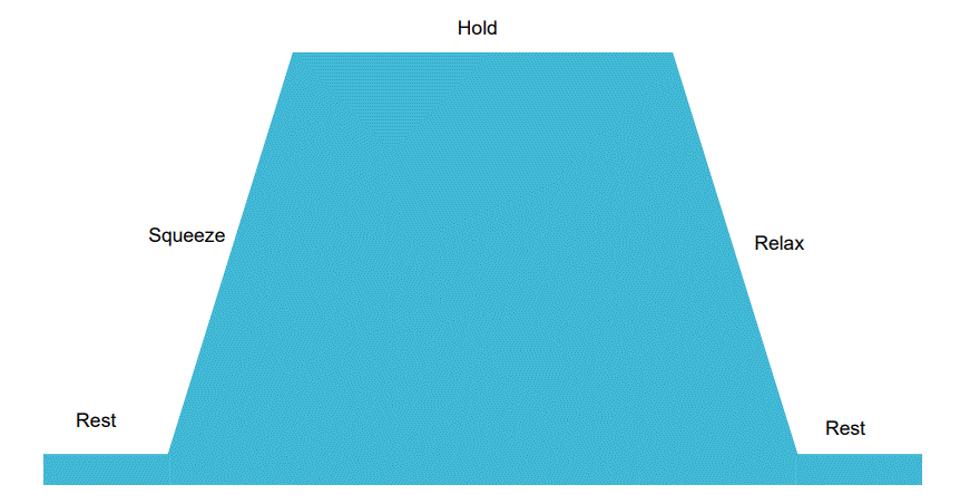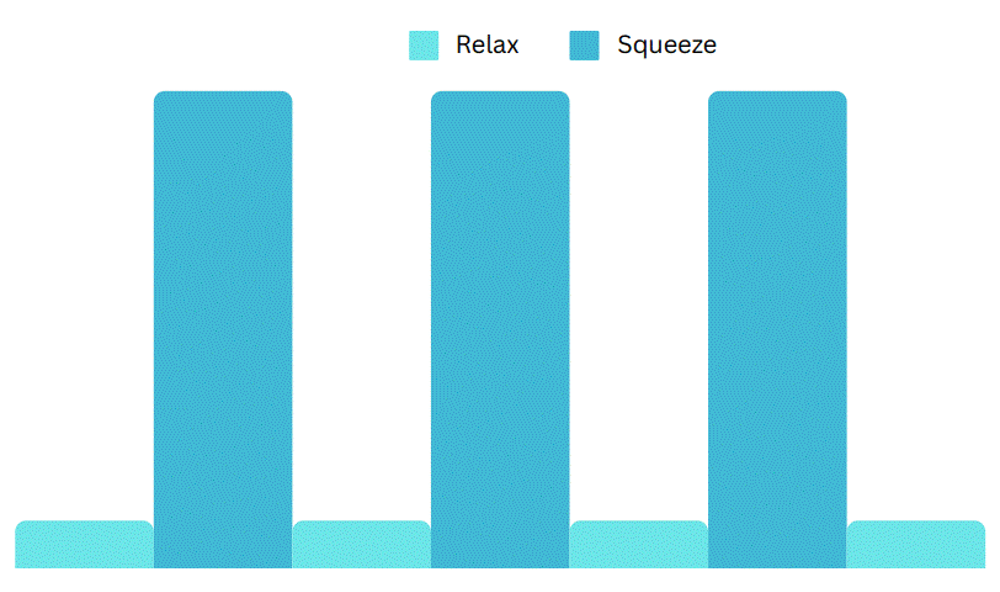
Pelvic Floor Muscles
The pelvic floor muscles sit at the bottom of the pelvis, between your legs. They are attached between the tailbone (coccyx) at the back and the bone at the front of your pelvis (pubic bone), and to each side onto your sit bones.
They help support the pelvic organs such as the bladder, the womb (if you have one) and the bowel. These muscles help to keep the bladder and bowel openings closed in order to stop leakage and they relax when you pass urine and empty your bowels.
Like other muscles in your body, the pelvic floor muscles should be worked to keep them healthy and strong. They can also become damaged and weak due to injury or lack of use.
Risk factors for your pelvic floor muscles
Childbirth
This weakens the muscles especially if you had an assisted delivery such as a forceps delivery, a large tear or big baby.
Prostate surgery
Surgery has a risk of affecting the pelvic floor and its delicate nerve supply. Pelvic radiation therapy may have similar effects.
Constipation or straining to empty bowels
This can lead to stretching and weakness of the muscles over time. Weak muscles can affect how effectively your bowel can empty.
Heavy or repeated lifting
Causes strain on the muscles and ligaments when activities are completed with a poor technique.
Chronic cough
Due to smoking or illness weakens the muscles over time.
Being overweight
Increases intra-abdominal pressure which causes strain on the muscles and ligaments over time.

Menopause
Changes in hormone levels following menopause can make your symptoms worse
Why do we need to do pelvic floor exercises? | Squeezy | Jilly Bond - YouTube
Finding your Pelvic Floor Muscles
To work these muscles, you should pull up around your anus (back passage) as if you are trying to stop passing wind. At the same time, try to pull up as if you were trying to stop passing urine mid-flow. You should be pulling upwards and forwards from your back passage towards your bladder.
For people with female anatomy:
Using a mirror, the area between your vagina and back passage (the perineum) should move up and inwards away from the mirror when you contract your pelvic floor muscles. If you see any bulging - STOP, you may be completing the exercise incorrectly and you should try to get help from a specialist physiotherapist.
Feel inside your vagina with your thumb or index finger. Tighten your pelvic floor muscles. You should feel the muscles tightening around your thumb or finger.

If you are sexually active, you could try to squeeze your muscles during sex. Ask if your partner can feel the squeeze.
How to find your pelvic floor? | Squeezy | Myra Robson - YouTube
For people with male anatomy:
Sit comfortably with your thighs, buttocks and tummy relaxed.
Squeeze and lift from the front by either imagining you are trying to stop yourself from passing urine or trying to shorten/draw your penis up and inwards. Now try lifting the muscles from the back as if stopping the escape of wind. Do both together.

While standing in front of a mirror without clothes on, you should see the base of the penis draw up towards your tummy.
Kegel Exercises for Men - Beginners Pelvic Floor Strengthening Guide (youtube.com)

Pelvic Floor Exercises
You might find it easier to do them lying on your back or sitting. It is easy to use the wrong muscles instead of the pelvic floor, try not to squeeze your buttocks or tummy. Remember to keep breathing throughout.
If you get any pain, or your symptoms worsen after doing these exercises, stop and seek help from your specialist physiotherapist
Long Squeezes
Tighten your muscles as described and hold this squeeze for as long as you can (up to a maximum of 10 seconds). Ensure you keep breathing throughout. Rest for the same amount of time.

How long can you hold for? ……….. Seconds
Repeat this as many times as you can (a maximum of 10 repetitions)
How many times can you repeat? ……… times
Now gradually increase your hold time and number of repetitions until you can do 10 seconds x 10 repetitions.
Fast Squeezes
Tighten your muscles on and off as quickly as you can, making sure you let them go completely between each squeeze. Repeat up to 10 times.

You should practise both long and fast exercises at least 3 times a day, e.g., morning, lunchtime, and evening. You may find it easier to do them ‘little and often’ to start with.
Keep going! It can take about 3-6 months of daily exercise to increase your muscle strength. After this, keep doing them regularly, at least once per day, to maintain the strength.
You can have a look at our Pelvic Floor Exercise Stages for further information.
“The Knack”
It is important that you can tighten these muscles quickly when they are needed, e.g., every time you cough, sneeze, laugh or lift. This is called “The Knack” and with practice can help to reduce some of the leaks you may be having.
Remembering to do your exercises
It can be easy to forget to do your exercises at first. Try to use daily activities such as brushing your teeth or having a shower to remind you to do your exercises. You could practice them on a daily journey such as train, car, or bus. Or use a pelvic floor app such as Squeezy below.

Pelvic Floor Exercise App
“Squeezy” is the NHS App for pelvic floor muscle exercises and is available from the App Store and Google Play. This app has been designed by physiotherapists working in the NHS. It is discreet, informative and has helpful visual and audio prompts to support your exercise programme. It can give you reminders to exercise and records the number of exercises you have completed. There are also other pelvic floor exercise apps which are freely available.
What else can be done?
Your physiotherapist might refer you to another healthcare professional for other treatment options.
Vaginal oestrogen
Hormones may be inserted into the vagina via a pessary used at home. This is suitable for post-menopausal women but may not be suitable in women who have had breast cancer.
Urodynamic investigation
Tests which measure how much fluid the bladder holds, how it squeezes to empty and what causes your leakage.
Pessaries
These are intra-vaginal devices designed to reduce your leakage. Most can be inserted and removed by yourself when needed.




References
POGP Pelvic Floor Exercises for Women
BAUS Incontinence of Urine webpage
NICE Guideline: Urinary incontinence in women: Management
Accessible formats
If you require this information in a community language or alternative format such as Braille, audio, large print, BSL, or Easy Read, please contact the Equality and Human Rights Team at: email: fife.EqualityandHumanRights@nhs.scot or phone 01592 729130. For people with a hearing or verbal impairment you can also contact the team through the NHS Fife SMS text service number on 07805800005.
